Neck pain and headaches are two discomforts that many of us have experienced at some point in our lives. Interestingly, these two issues often go hand-in-hand. In this first installment of our three-part series on neck pain and headaches, we’ll explore the intricate relationship between them, dive into the anatomy of the neck, and understand how pain signals can travel from the neck to the head.
Types of Headaches:
To understand the link between neck pain and headaches, it’s crucial to recognize the different types of headaches that exist. There is typically 4 recognized categories of headaches, but we’ll focus on 2 of the most common:
Tension Headaches: These are often described as a dull, constant ache around the head. They are commonly associated with muscle tension, including that of the neck.
Migraines: Migraines are typically characterized by severe, throbbing pain on one side of the head. While their exact cause is still under investigation, they can be influenced by neck muscle tension.
Neck Anatomy:
The neck is a complex and highly flexible part of the body. It contains seven cervical vertebrae, which house the spinal cord and support the weight of the head. Muscles, ligaments, and tendons work together to facilitate movement and maintain stability.
Triggers:
Several factors can trigger neck pain and, subsequently, headaches. These triggers may include:
Poor Posture: Slouching or holding the neck in an unnatural position for extended periods can strain muscles and lead to discomfort.
Muscle Strain: Overuse or excessive tension in the neck muscles, often due to stress or repetitive movements, can contribute to both neck pain and headaches.
Joint Issues: Problems with the joints in the neck, such as arthritis or misalignment, can cause pain that radiates upward, leading to headaches.
Pain Pathways:
The complex network of nerves in the neck and head can allow pain signals to travel between these regions. For instance, tense neck muscles can press on nearby nerves, sending pain signals to the head. Similarly, issues with the cervical spine can lead to referred pain in the form of headaches.
Understanding this connection is the first step in effectively addressing both neck pain and headaches. In the upcoming installments of this series, we’ll delve deeper into strategies for managing and preventing these discomforts. We’ll explore the causes and symptoms of neck pain, as well as headache relief strategies and the role of physical therapy in managing both issues.
Stay tuned for our next blog, where we’ll explore the causes and symptoms of neck pain and provide insights into prevention and treatment. By the end of this series, you’ll have a comprehensive toolkit to help you find relief and improve your overall well-being.



